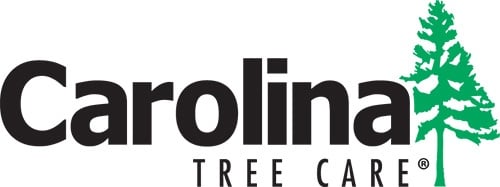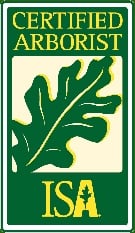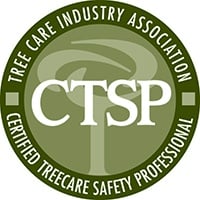Regular pruning is an essential part of tree care. It ensures that your tree grows healthy and strong, it enhances your tree's beauty, and it makes your property safer.
Though pruning may seem simple, it is possible to prune a tree incorrectly and inadvertently leave a tree open to issues like stunted growth, decay, and/or disease.
What does improper pruning look like and why does it hurt trees? Read on to find out!
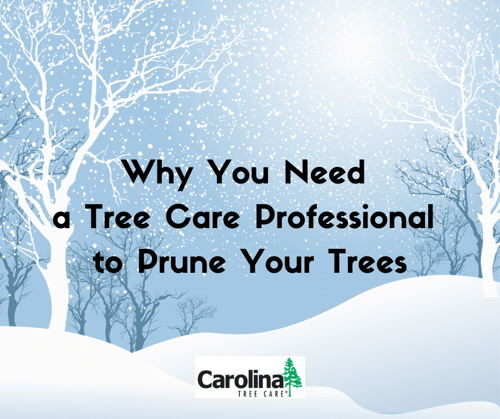
It's much easier to see what's going on with a deciduous tree's structure after all of its leaves have fallen, so winter is a prime time for structural pruning in Charlotte, NC and beyond.
When done right, structural pruning can promote a strong structure and good form for young trees. It also reduces the risk of trunk and branch failure for mature trees.
When done wrong, your tree could fall victim to reduced growth, decay, and/or disease. It could also be left with an unbalanced structure, which would make your tree more likely to fail.
There are a few common ways that pruning can be done incorrectly:
-
Improper cuts
It's important to make pruning cuts at the proper distance from the tree's trunk and branch unions. When a branch is cut too close, a potentially large wound is created that may not heal correctly. And any wound on your tree is a possible entry point for wood-decay fungi.
In some instances, a special area called the branch protection zone may also be removed. The branch protection zone has specialized chemicals that aid in a tree's healing process after pruning, so you can see why cutting this area off would be a problem!
Pruning too far away and leaving too much of a branch on the tree can lead to problems, too. That's because future or current decay in the branch stub may move backward into the rest of the tree and cause a decay column. Decayed wood is weak and may result in structural failure.
A tree care professional knows how to prune branches in just the right spot to minimize damage, improve healing, and reduce chances of decay. -
Heavy pruning, especially at the wrong time of year
You know your tree needs its leaves to perform photosynthesis and create food for itself. Well, that food is stored in its woody branch tissue. Cutting off too many branches during the growing season reduces a tree's ability to create food for itself and removes its food reserves.
Without enough nourishment, your tree won't be able to grow to its fullest potential.
Many factors can affect how much foliage can be safely removed from a tree, including the tree's species, age, and current health. But generally, stopping at 25% of live foliage removal per year is recommended.
Every tree is unique. A tree care professional will know what's best for your specific tree. -
Topping
Topping is the outdated practice of reducing a tree's size by drastically removing its canopy with indiscriminate cuts. Such drastic pruning lowers the tree's food reserves, reduces its ability to perform photosynthesis, creates weak branch unions subject to failure, and leaves the tree vulnerable to wood-decay fungi.
Instead of topping, most experts turn to a technique called pollarding, which you can read more about here: 3 Reasons Why You Shouldn't Be Topping Your Crape Myrtle.
True tree care professionals, like the ones here at Carolina Tree Care, are trained in proper pruning techniques that minimize damage and encourage your tree to grow with a good form and structure.
Don't risk working with a tree care company that may cause more harm to your tree than good. Request a consultation with us today to ensure your trees are pruned properly this winter!
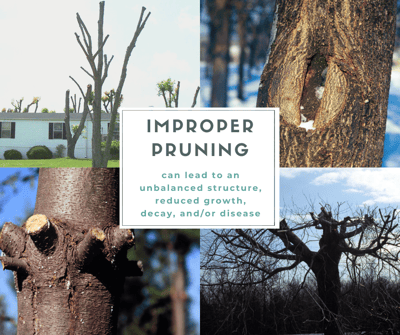
Like what you just read?
Then you'll love this: How to Protect Your Trees This Winter
Sources:
Topping photo (top left): Randy Cyr, Greentree, bugwood.org
Flush cut (top right), stubs (bottom left), and topping (bottom right) photos: Joseph OBrien, USDA Forest Service, bugwood.org
